My book had the following image:
And a question of how many PTE's are there in L2 (or L1), the answer was 16 = 2^4 but why is that?
In the question it's given that each PTE size is 2 bytes so the answer should be 2^4/2 = 8 Since L2 index holds where we will point to. For example if it's 2 then it point to second half of the first PTE and not the second PTE.
What am I missing here?
